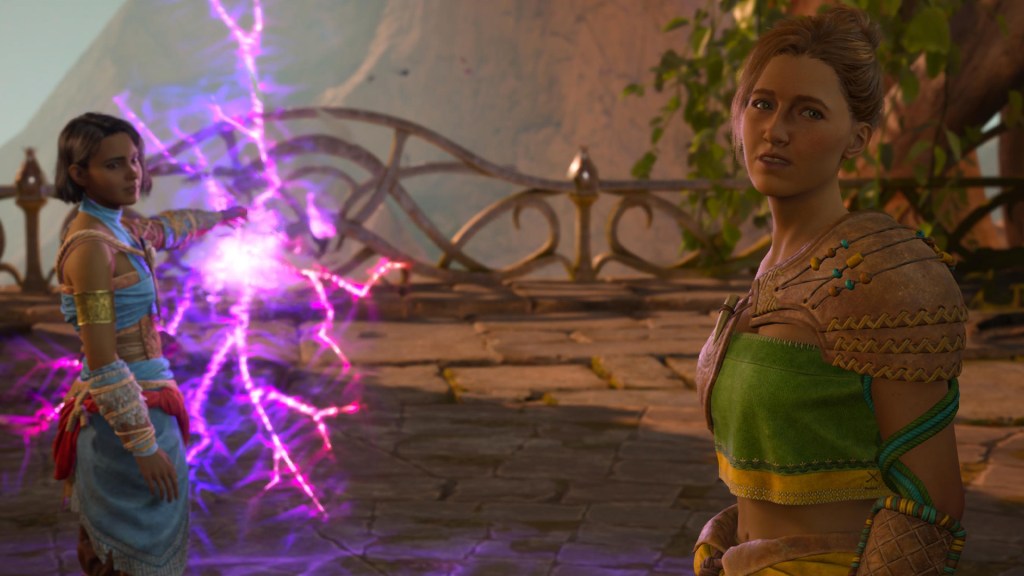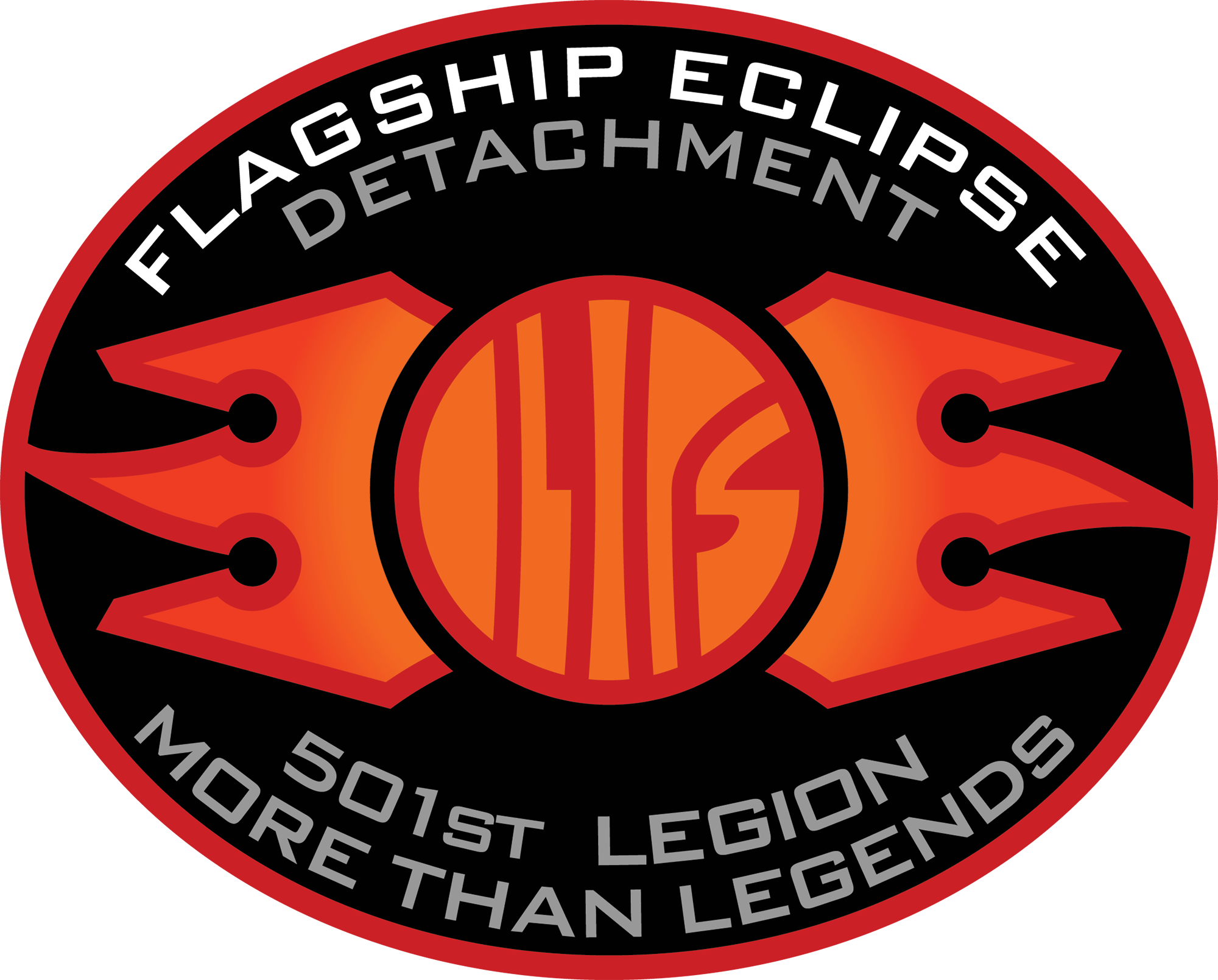
Hazelight Studios has recently released Split Fiction across PC and console platforms as its next must-play co-op adventure. Hazelight has made a name for itself by creating meaningful co-op games that, while some could be played solo, are most meaningfully played with someone else. Most well-known within the studio’s portfolio is It Takes Two, which became a world sensation for its amazing co-op gameplay mechanics, beautifully crafted narrative, and charming easter eggs that gave the story incredible nuance. With Split Fiction as the next essential co-op multiplayer game from Hazelight Studios, how does it stack up against It Takes Two in terms of quality?
The Narrative

Arriving at the start of Split Fiction’s story, we are introduced to Mio and Zoe. Mio and Zoe are two unpublished authors looking to kick off their writing careers, and they are invited to a publishing deal that is too good to be true with Rader Publishing. Little did they know that the agreement would trap them into Rader’s simulation tech that turns their stories into a simulated reality, intending to steal their creative narratives for Rader Publishing’s own nefarious corporate goals. This simulated reality takes place in Mio’s science fiction stories, or in Zoe’s Fantasy novels.
In comparison, the intro narrative of It Takes Two, at first glance, feels immediately more relatable. In It Takes Two, the characters May and Cody are a couple amid divorce proceedings after drifting apart in their marriage. When their daughter finds out, visibly upset, she goes to play with her dolls in the workshop, sheds a tear on her dolls, which sets the course for her parents to inhabit the dolls on a journey of gameplay-based marital therapy. While marital strife is immediately more relatable, the premise of a corporation trying to take advantage of an individual’s work also sets a strong stage for building a sympathetic audience to Split Fiction’s main narrative.
Gameplay

The gameplay of Split Fiction hits all the major notes of success that made It Takes Two such a great couch co-op experience. In each game, the gameplay mechanics often require collaboration for progression. Similarly, each level offers completely different scenery to keep the narrative interesting, and each player will have a unique power to take ownership of. If while playing It Takes Two, you had a fantastic time killing your partner “accidentally” across various incidents, that feature is still well enmeshed in Split Fiction‘s core loop.
One element that is gone in Split Fiction, that was present within It Takes Two, is the mini-games. In It Takes Two, within each mission, but separate from the main story, players can find entertaining mini-games to compete against their counterpart. Instead, Split Fiction offers side stories as a much more fulfilling replacement. Side stories occur within every level and will be either an unfinished fantasy or science fiction narrative from the protagonists. The side stories offer up more character development in a cheeky fashion, like with Zoe’s magical pig narrative that acts more as a parable on how sausages are made. Moreover, the side stories partition the main narrative into smaller chunks and provide a break from the active level. This is particularly valuable when considering whether you are a fan of science fiction or fantasy; the side story will likely be the opposite genre of whatever the main mission is, which keeps both genres fresh in the minds of the players.
Hazelight Studios also brings great fan value in both Split Fiction and It Takes Two, with some great easter eggs for audiences to find throughout the games. In It Takes Two, there are iconic moments in gaming history included with references to Rainbow Road from the Mario Kart series, or the room with all the pots to smash in The Legend of Zelda: Ocarina of Time. Split Fiction also has several great easter eggs from references to Assassin’s Creed, the original arcade Donkey Kong, or references towards great works of fantasy like Dune. And those who’ve played through It Takes Two may see a reference to a certain elephant within Split Fiction.
Character Development

At first glance, the narrative of It Takes Two felt more relatable than Split Fiction, and the same could be said for the protagonists as well. In It Takes Two, May and Cody begin with a singular focus on reaching their daughter and restoring themselves to their original form. As the game progresses, there is the realization that each lets their hobbies and passions fizzle out, but throughout the game, they support each other to reawaken those interests, like gardening and singing. Similarly, with the feelings of too much work and not enough time, Cody and May grow to understand that time should be spent prioritizing what matters most: each other. And finally, those moments of reignited intimacy for why they fell in love in the first place.
Split Fiction instead takes us to a place where we singularly focus on Mio and Zoe, who aspire to be published authors and avoid their creative works being stolen. However, a line that rings true in the game is, “an author always puts a bit of themselves within their works.” This rings true for Mio and Zoe, where we encounter characters with such depth through the deeper meaning of their stories, which are tied together by grief. Mio’s grief from a life where she took on the burden of her sick father, to get him the treatment he needed, only to fall on difficult times from the heavy financial burden of private healthcare. Zoe’s grief is harder to see at the beginning because of her seemingly optimistic nature, but it arises from the death of her sister and the guilt of responsibility she bears therein.
Hazelight Studios continues to take us on a human journey of self-growth through the fantasy of its games. It Takes Two and Split Fiction are equal in terms of the sheer quality of handling adult-themed topics that are worth exploring, like navigating grief or not taking others for granted, but packaged as a fun adventure that is always more meaningful when played with someone else.
The post How Split Fiction Holds Up Against It Takes Two appeared first on ComicBook.com.

